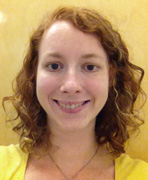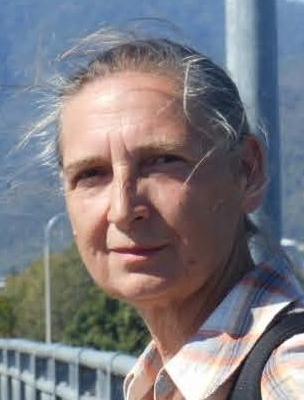

“We were pop songwriters, so we had written a couple of songs and had them done. So the one of the vice-presidents from CBS flew to Atlanta to see what's going on and check up on us. "If I could no longer paint icons, I would pray and wait for what the next thing God had for me to do.We took him in to play the songs and he goes, ‘No, no, no, no, no. Yet, I was certain it was what he was asking me to do," Pituch said.

It was my beginning into a journey of service to Christ in an area that I felt totally inadequate to perform. "I became an iconographer because I prayed that I would serve God in whatever way he had for me. I firmly believed that he would become Presbyterian, but Christ pulled me to Orthodoxy," she said. "We were both active in our churches and once we got married we needed to find unity in our worship. "My husband was Orthodox Christian and I was raised Presbyterian," Pituch said. She submitted some icons and the abbess, Mother Christophora, decided on The Man of Sorrows. Pituch said that iconography has rules and guidelines, but the artist's inner life comes out, too. Mother Galena said Pituch was chosen to paint the icons because they wanted a woman to do them since the Orthodox Monastery of the Transfiguration is a women's monastery.


The Man of Sorrows is to the left of that icon and the next icon planned, a healing icon, will be to the right completing the corner. The first icon Pituch painted for the narthex was the Hospitality of Abraham because it fits the image of the nuns and their hospitality. When she saw the corner of the narthex, she thought it would be the perfect place for icons. Some time ago, Pituch went to the monastery as a guest. I told Mother Alexandra that this is her house and to pray for me because I want the icon to be what you want it to be," Pituch said. "If you just heard you had cancer, you would call a friend and say, ‘pray for me' and so it is with this. If you are carpenter, or whatever your job, you do it the best you can for the glory of God," she said.īefore Pituch began her work, she prayed to Mother Alexandra, the founder of the monastery, to help her. It doesn't matter what you do, you do it for the glory of God. It is about prayer because of the type of work I do, a day of work is a day of prayer. It parallels life by encouraging prayer and demanding constant repentance. Pituch said that painting icons is a privilege and an honor and it brings joy and struggle. The person becomes the third dimension and that completes the icon." "The person standing in front of the icon is the depth that is missing. "An icon is a window into the kingdom of God," Pituch said. It is an event of prayer that invites you to participate in the icon to make it complete."Īn icon has only two dimensions, height and width, but not depth. "An icon is prayer made visible," Pituch said. It is about us embracing him at a deeper level. "She is his mother, but she is the image of the church. "Mary is always the symbol of the church," Pituch said. The shroud, bearing the imprint of a partially bent Christ, may have served as the model for the iconographers. The icon was first created by artists in Constantinople in the 12th century when the Holy Shroud was still on exhibit. The Man of Sorrows icon features the dead Christ in the unnatural position of standing up in the tomb, with his mother, Mary, leaning toward him with her arm about his shoulders. I shall exalt all who magnify you in faith and love."īecause Orthodox Christians follow the Gregorian calendar, Pascha normally falls either one or five weeks later than Easter celebrated by Catholic and Protestant faiths. The son conceived in the womb without seed,įor I shall arise and be glorified with eternal glory as God, "Do not lament me, O Mother, seeing me in the tomb, The icon has been glued to a wall in the monastery's narthex.īelow the icon, are the words to a hymn sung during the Pascha season: It took three weeks to paint the canvas, not counting the considerable time it took to apply the gold leaf. The icon, Man of Sorrows or Mourn Not for Me, Mother, was painted on canvas by iconographer Cheryl Ann Pituch at her Davidsville, Pa., studio near Johnstown. A new icon at the Orthodox Monastery of the Transfiguration in Wayne Township has been installed in time for Pascha, the Orthodox Easter celebration.


 0 kommentar(er)
0 kommentar(er)
